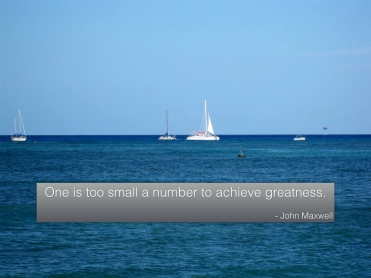Even after more than 5 years, I am still amazed by where I live. In the last couple of weeks, I’ve found myself on the National Mall for a few different reasons.
A Cause for Concern
Purely by chance, I found myself in the midst of the recent Million Man March. There was a certain electricity in the air, an anger that was almost tangible. I was alarmed by the slogan of the event, which I saw on t-shirt after t-shirt – “Justice or Else.”
This was not the first time I’ve felt that atmosphere of anger, standing in our nation’s capitol. It makes me wonder if we are destined to dissolve into civil unrest, not listening to each other, not resolving any issues, simply imposing our own views upon the rest of society, each faction doing what is right in their own eyes without regard for any others.
A Glimmer of Hope
Two days after the Million Man March, I was witness to and participant in another event, again on the National Mall. This was the second annual Washington Prayer Rally. I heard songs and prayers in three different languages from several different ethnicities, and my hope was renewed.
Perhaps the angry voices are simply louder; voices for unity are calm and quiet, often soothing. However, it is good to know I am not a lone voice. Ok, really, I know I can’t be the only one calling for dialogue, for connective listening, for reconciliation, but sometimes it’s really refreshing to be in the physical presence of others who are calling for the same things.
Building Trust, Opening Dialogue
How can we make this world a better place? What is one thing we can do as individuals to move towards justice and reconciliation? It all starts with putting another person’s wellbeing before your own. When we get out of our own perspective and consider the perspectives of others, we have made a start. This never happens by accident.
With the launch of his newest book, John Maxwell is inviting people to join him in an effort to make intentional choices to do just this – to think of others first. Are you ready to start making a difference in your home, workplace, and community? Then I invite you to engage in a (free) 7-day experiment in intentional living.
In 10 minutes a day, you will start transforming your corner of the world. As you begin to put others first and invest in their lives, they will begin to trust your intentions, and dialogue will then become possible.
Will you join John and me as we attempt to transform our communities, our nation, and our world?
Join the intentional living movement! Click here to get started!












